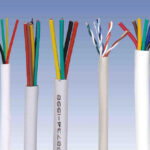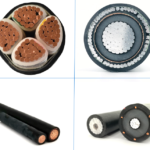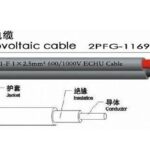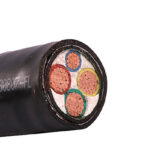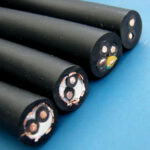Fire Resistant Cables Introduction
At present, the electrical system industry is accustomed to collectively refer to fire-retardant (Fire retardant), halogen-free and low-smoke (LS0H) or low-halogen and low-smoke (Lowsmokefume, LSF), fire resistant (Fire resistant) and other electrical appliances with certain fire resistance properties as fire-resistant cables. 1. Flame retardant cable The characteristic of flame-retardant cables is to delay the spread … Read more

